Coffee from Seed to Cup
Brewing a pot of coffee in the morning is a daily ritual for many people around the world. Whether coffee gets you ready for a busy day or gives you a sense of calm on a slow morning, you might not know where coffee comes from. But once you understand the journey it takes to get to your cup, you’ll appreciate your coffee even more.
The Coffee Belt
Let’s start from the beginning. Coffee isn’t actually a bean—it’s a fruit! Coffee cherries grow on evergreen shrubs in more than 50 countries, mostly in parts of Africa, Asia, South America, and Central America. These are countries located between the Tropics of Cancer and Capricorn, known as the coffee belt. These regions provide ideal growing conditions for coffee, and many of these areas include varying elevations and tropical rain forests.
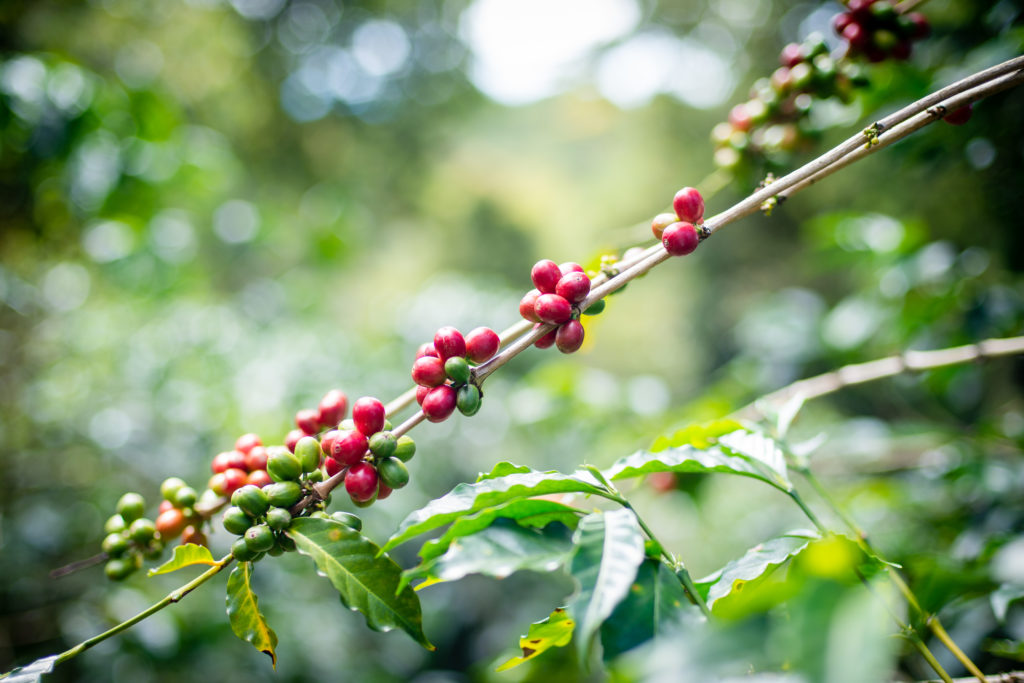
Coffee Varietals
There are thousands of varietals of coffee. Some of the most popular include Caturra, Catimor, Geisha, Castillo, Typica, and Bourbon. Each varietal produces coffee cherries that, when ripe, can be bright red, pink, or yellow — all with various yields and unique attributes. For a deeper dive into varietals, see this great article from Daily Coffee News.
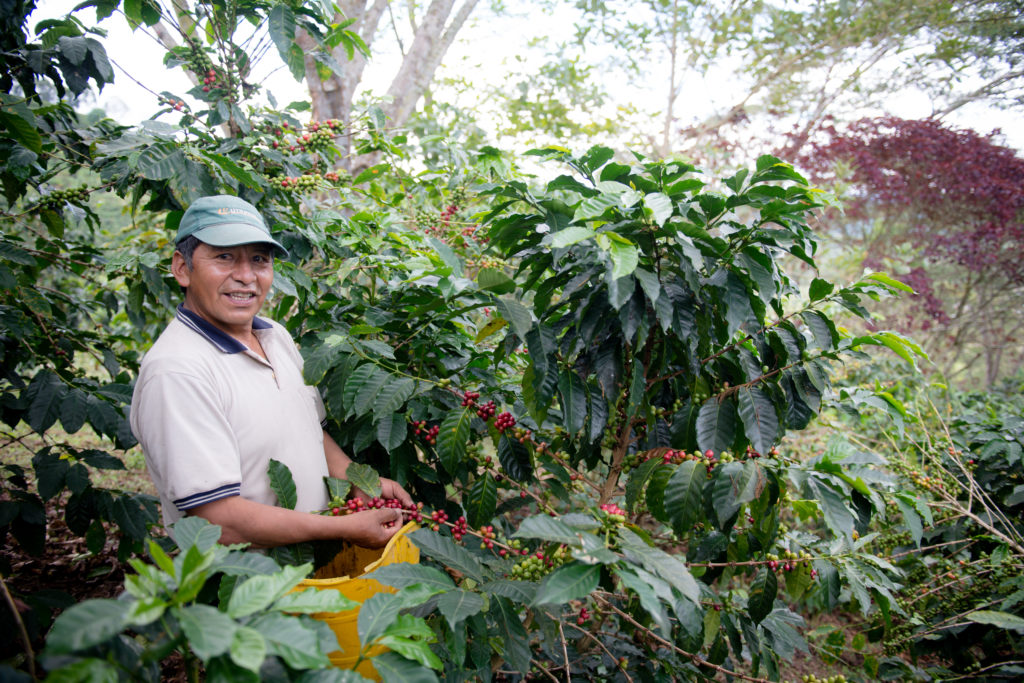
Coffee Production and Harvesting
Growing coffee is truly a labor of love. Producers are responsible for planting, pruning, measuring, and adding nutrients to the soil, all while relying on mother nature to provide enough rainfall for the coffee shrubs to thrive.
A coffee farmer also depends on specific characteristics of the land used for coffee production. If the coffee has more time to mature, the result will be a coffee with more complex flavor attributes. Coffees grown at a higher elevation and under the tree canopy mature more slowly. These coffees are typically sold at a higher price and are sought out by coffee connoisseurs around the world.
Coffee cherries are harvested annually, typically spread over several months. Each shrub is picked several times throughout the harvest season in order to collect the cherries as they ripen, since riper cherries provide the bean with more flavor. Cherry harvesting is hard work that’s done completely by hand in most cases.
In many coffee growing regions, farming takes place in areas covered by rain forest canopy. The farmer has two choices: maintain the tree canopy and incorporate coffee shrubs within the established ecosystem, or remove the tree canopy in order to plant more coffee.
Preserving the tree canopy will slow maturation and produce better-tasting coffee, but consumers have to be willing to pay a higher price for that coffee. Often, deforestation occurs because farmers want to increase crop yield, sell more coffee to importers, and make a living wage. By choosing to purchase shade-grown coffee, you make a positive impact for farmers, the environment, and the overall coffee industry.
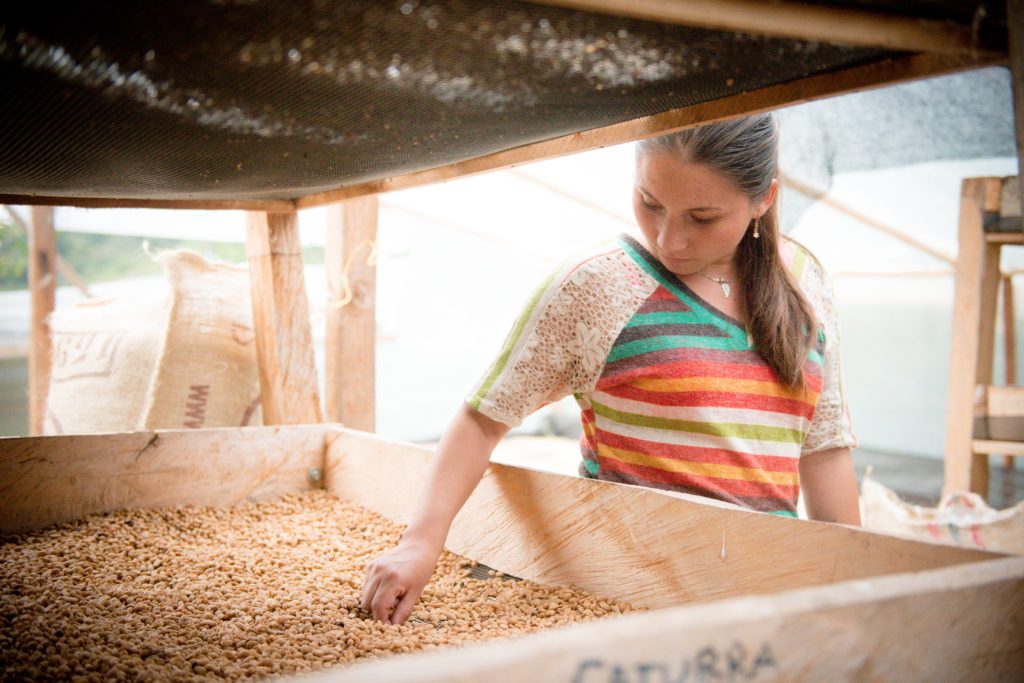
Coffee Processing
Once the coffee cherries are harvested, the farmer needs to process and dry the coffee before it’s delivered to the nearest exportation center for evaluation and payment. Producers use many different processing methods to achieve specific flavor attributes. Processing techniques include washed, natural, honey, and wet-hulled.
Read: How Coffee Processing Methods Affect Coffee
Once the coffee cherries have been processed, the coffee seeds (known as green coffee) are laid out to dry. The goal is to achieve a moisture content of 10–12%. Producers often dry their coffee on raised drying beds or simply on a tarp on the ground.
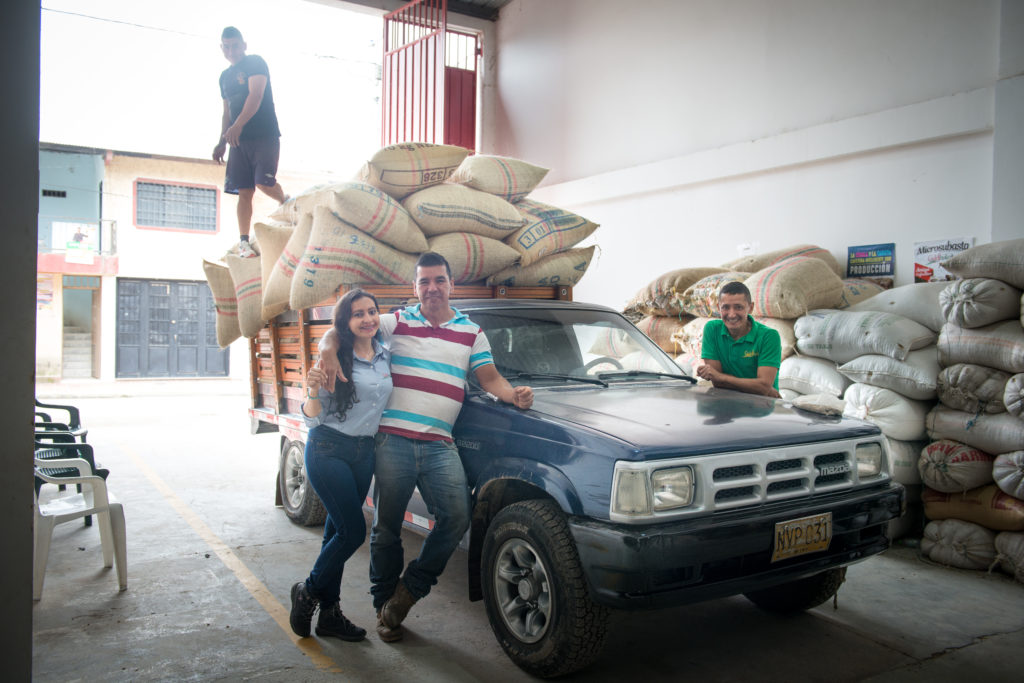
Exportation and Importation
Farmers must prepare the coffee for delivery to the exporting centers by bagging the dried coffee seeds, with each bag weighing roughly 150 pounds. Once a farmer’s coffee arrives at the exporting center, a team of specialists is responsible for sorting, cleaning, and grading the coffee. This process of evaluation determines the price per pound the farmer will be paid. The exporting center then loads the bags of coffee onto ships for transport.
Most importers are located by ocean ports to easily receive these large shipments. The coffee importer helps to select and purchase green coffees for roasting companies to then choose from.

Roasting, Packaging, and Delivery
Roasting coffee is an art. It turns the raw ingredient (green coffee) into the finished product that we all know and love. The location, typography, and climate in which the coffee was grown, the processing method, moisture content, and the age of the coffee all affect the flavor characteristics. Roasters have expertise in establishing a roast profile that showcases the natural qualities of the coffee, and they know how to enhance the positive attributes. Once roasted, the coffee is packaged (either ground or whole bean) and is ready for consumers to purchase and enjoy.
Though a cup of coffee might be a normal part of your day, you now know that it takes quite a journey to get to you. Choosing shade-grown coffee from the Arbor Day Foundation is a choice you can feel good about.



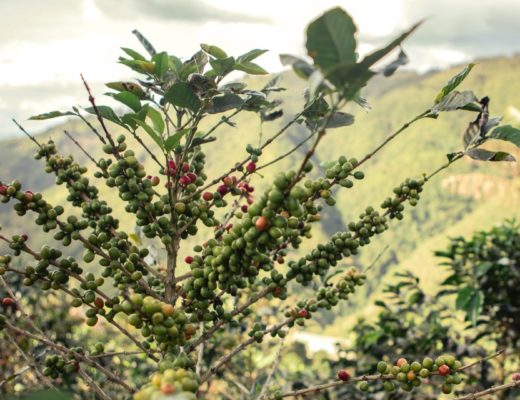
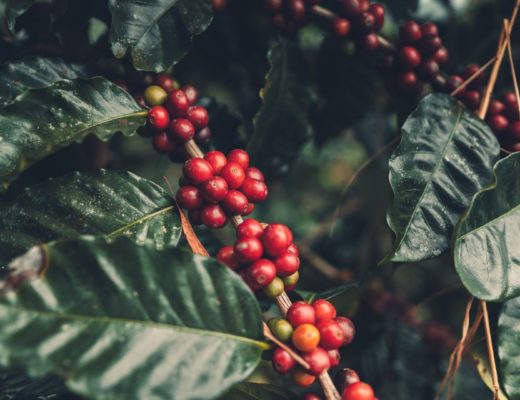
No Comments